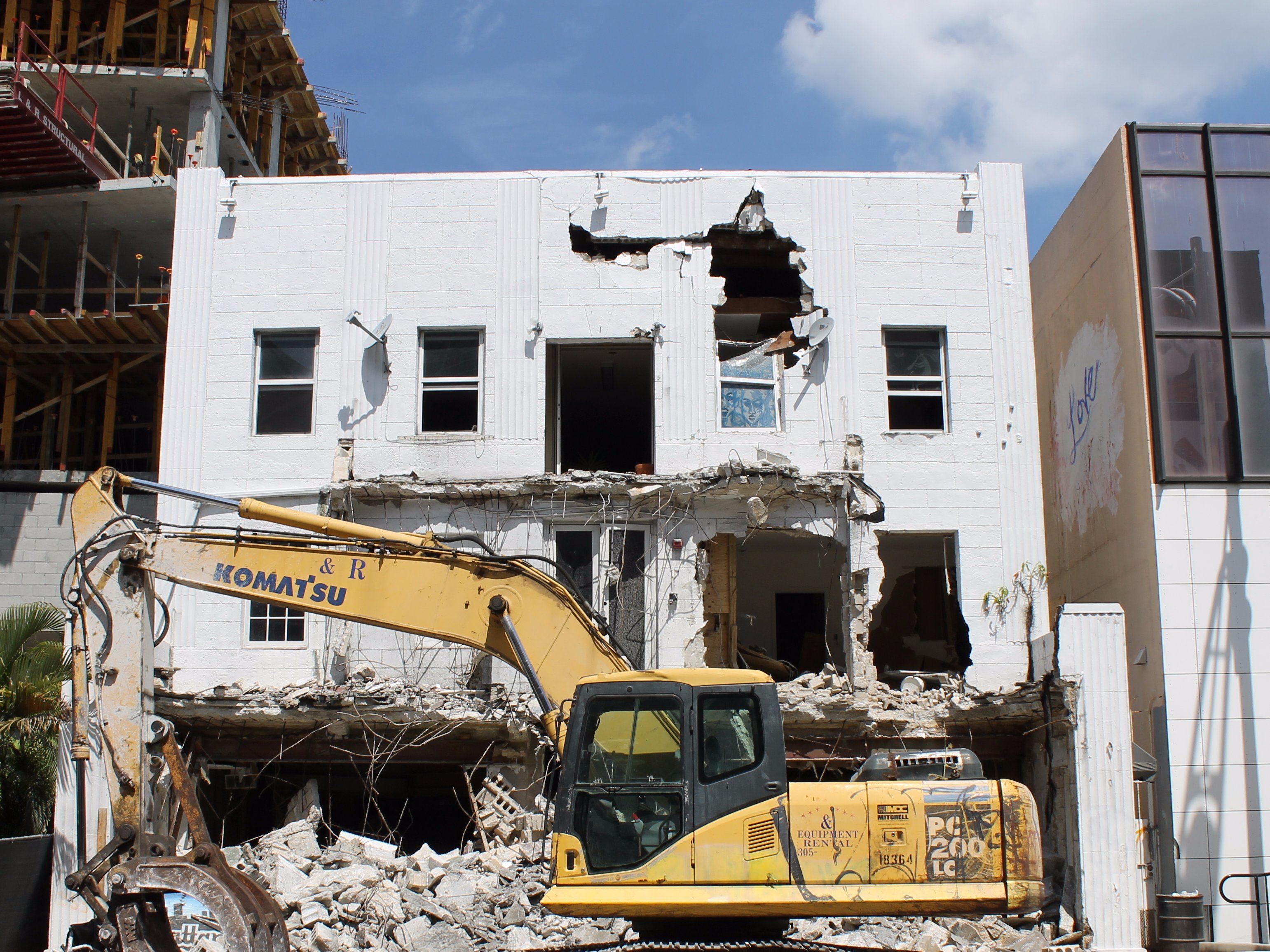As per a report released by Housing and Land Rights Network (HLRN), over 41,730 houses have been demolished and at least 202,233 people, mainly from the low-income communities, have been forcefully evicted in 2018 across India. On an average, state authorities have destroyed of 114 houses every day, evicting about 554 people daily or 23 people every hour in 2018, according to the findings of the HLRN.
While these figures are alarming, these only reflect cases identified by HLRN’s ‘National Eviction and Displacement Observatory’, signifying that the actual number of affected people to be much higher.
On Tuesday, HLRN has released two reports – ‘Forced Evictions in India in 2018: An Unabating National Crisis’ and ‘Adjudicating the Human Right to Adequate Housing: Analysis of Important Judgments from Indian High Courts’.
After analyzing data on 218 reported cases of forced eviction in 2018, four broad categories for which people were forcibly evicted and displaced from their homes and habitats were listed – over 94,000 people or 47% of the affected people were evicted in the name of slum-clearance, anti-encroachment or city-beautification drives, over 52,200 people are affected due to infrastructure and ostensible development projects, over 40,600 people were affected due to environmental projects, forest protection, and wildlife conservation and over 15,200 people were evicted citing disaster management. “At least 11.3 million people across India are threatened with the risk of eviction and displacement,” finds the report.
Speaking at the press conference, Shivani Chaudhry of HLRN said that except for the Communist Party of India (Marxist) and the Indian National Congress, no other party has included the crucial issue of forced evictions of vulnerable people in their manifestos for the general elections of 2019.
“While Tamil Nadu ranks first when it comes to rehabilitation of people affected due to forced evictions, the massive resettlement sites are lacking basic amenities starting form availability of drinking facilities to education and health facilities,” said Vanessa Peter, policy researcher at Information and Resource Centre for the Deprived Urban Communities, Chennai. According to Peter, most of the evictions in 2018 took place during mid-academic year, most of them without prior notices has severely impacted the education of children living there. “In the ongoing Integrated Cooum River Eco-Restoration process, while more than 6,000 families are affected, only half of them or the people living on one side of Cooum bank are only rehabilitated,” Peter told Newsclick.
The report on forced eviction found that in most of the cases reported, state authorities have violated national and international laws and did not even follow due process established by existing national standards.
India has recently witnessed several homestead threatening policies from different arms of the government. In 2015, the right-wing government of prime minister Narendra Modi launched the ‘Smart Cities Mission’, which was estimated to cost over INR 2 trillion (approximately USD 28.9 billion). HLRN itself released a report last year, showing forced evictions and demolition of low-income neighborhoods across 100 cities earmarked for the ‘mission’. Apart from that, earlier this year the Supreme Court of India passed a judgement that threatened mass evictions of close to 2 million forest-dwelling indigenous peoples of India.





